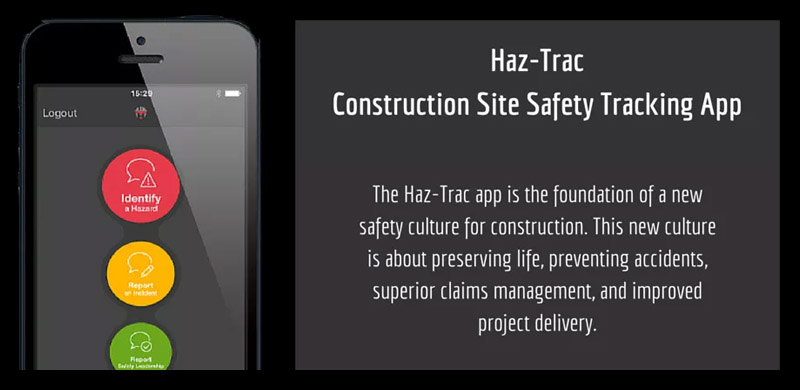NYCOSH attributes construction’s disproportionately high occupational fatality rate to seven predominant findings. These findings consist of the following:
REASON 1 : Nature of the Work
First, construction work is hazardous work where workers often “take extreme risks to do their everyday jobs.”
REASON 2: Refusing to Obey Rules
Second, the presence of “recalcitrant employers … committing willful, repeat or failure-to-abate violations.” Some contractors are not motivated to work safely. They choose to cut corners and compromise worker safety by taking shortcuts on the bet that incident probability occurrence rates are in their favor. Many of these contractors employ non-union labor.
REASON 3: High Violation Rates
Third, contractors with “extraordinarily high violation rates” continue to be utilized. “Eighty-nine percent of contractors, “currently working on affordable housing projects” have been
“flagged for “enhanced review” by the New York City Department of Housing Preservation and Development and have multiple OSHA violations.
REASON 4: OSHA Safety Violations
Fourth, “construction employers in New York routinely violate OSHA safety standards.” OSHA cites that two-thirds of “OSHA construction inspections in New York between 2010 and 2012 resulted in citations for “serious” safety violations.”
REASON 5: Safety Violations
Fifth, safety violations tend to exist on sites with worker fatalities. OSHA has found that “When a worker dies in a construction site fall, OSHA almost always finds there were safety violations.”
REASON 6: Untrained Workers
Sixth, untrained workers affected by language barriers are especially at risk. This is especially evident in that, in 2012, Latino workers composed 25 percent of New York State’s construction workforce.
Communication barriers leave warnings unheeded. Insufficient training leaves workers incapable of anticipating and identifying potential hazards in the field.
REASON 7: Puny Penalties
Finally, seventh, that “construction worker fatalities (often) result in puny penalties for unsafe contractors.” OSHA cites that, in New York in 2012, “the average penalty in fatal height-related construction accidents … was only $7,620.” OSHA argues that the small costs associated with violation citations are not significant enough to deter unsafe work practices.
This is exacerbated by the low probability that OSHA will conduct a construction site inspection.
Ultimately what can be deduced from this publication, and OSHA’s inferences, is that mindsets cause accidents and that unsafe conditions are, more often than not, caused by unsafe acts or behaviors exhibited from unsafe mindsets. OSHA supports this conclusion. OSHA asserts injuries and fatalities on construction sites in New York are most often caused by employers who choose to “tally fines with the cost of doing business instead of prioritizing workers’ safety and health on the job.”
It is true that unsafe mindsets can cause accidents and that unsafe conditions are, more often than not, caused by unsafe acts or behaviors.
Unsafe work behavior is known to be the cause of more accidents than unsafe working conditions. An estimated 80 of every 100 work-related accidents may be directly attributed to an unsafe behavior that is involved in the incident leading to the accident. In fact, it is estimated that unsafe work behavior is the cause of four times as many accidents as those caused by unsafe work conditions.
The aforementioned corrective measures advocated by OSHA, while effective and necessary, are largely retroactive, punitive in nature and allocate blame entirely to the employer. While these negative incentives are necessary and may work to motivate some of the lower-performing contractors, this method will not promote safe behavior from all.
To successfully promote safe work behavior and implement a comprehensive safety program, safe employee behavior is every bit as important as the safe behavior of their employer. Employee behavior is largely responsive to management behavior. Management determines the expectations for job site safety standards from the beginning of a project.
As a result, it can be argued that unsafe worker behavior may be attributable to project management who has not communicated expectations clearly from the start. Company culture is established by corporate leaders and filters down from the top ranks of a company. As a result, safety culture is established first by corporate leaders, typically in form of formally drafted company programs.







